Spirals are a repeating theme in astronomy, with arguably the most famous example of a swirling armed structure being our home galaxy, the Milky Way. Now, using a powerful NASA supercomputer called "Pleiades," scientists have discovered yet another spiral structure on the edge of our solar system.
The spiral is composed of billions of icy bodies surrounded by a shell of comets called the Oort cloud. Even though the Oort cloud lurks at the edge of our own planetary system and is about 99,000 times as wide as the distance between Earth and the sun, scientists have thus far been in the dark about the structure of the Oort cloud. These new findings, however, give researchers an important clue about the object.
"We found that some comets in the inner Oort cloud found between 1,000 au to 10,000 au, form a long-lasting spiral structure," Luke Dones, study team member and principal scientist at the Southwest Research Institute, told Space.com. (The measurement "au" stands for "astronomical unit," and one au is equal to the distance between Earth and the sun.)
"We were quite surprised," Dones continued. "Spirals are seen in Saturn's rings, disks around young stars and galaxies. The universe seems to like spirals!"
Though insignificant in comparison to the spiral that forms the structure of the Milky Way, Dones and colleagues found that this Oort cloud icy spiral is roughly 15,000 au in length. The spiral runs perpendicular, or at an angle of 90 degrees, to the plane of the Milky Way.
"Only a small fraction of comets in the Oort cloud are in this spiral," Dones added, "but that's still billions of comets."
The team also reached the conclusion that this is not a temporary structure; it is long-lived and persists in the inner Oort cloud to the present day. That means it is still out there to be viewed, but such observations would be no mean feat.
Just chillin' at the edge of the solar system
For context, the Oort cloud is a spherical shell of comets and icy bodies that exist out beyond the orbit of Neptune, which is located around 2.8 billion miles (4.5 billion kilometers) from the sun. This shell is believed to mark the outer boundary of the solar system and is the source of comets that visit the inner solar system, the gas giants Jupiter and Saturn, and the inner rocky planets Mars, Earth, Venus, and Mercury.
The population of the Oort Cloud, often referred to as "trans-Neptunian bodies," is theorized to be composed of material that existed when our solar system's planets were forming around 4.5 billion years ago.
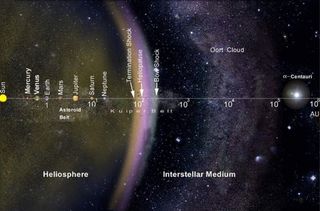
"Our simulations follow the orbits of millions of 'test particles' that represent comets for the age of the solar system, roughly 4.5 billion years," Dones said. "The simulations take so much computing time that we need to use a supercomputer."
Dones added that the visualization team at the American Museum of Natural History (AMNH) first saw the Oort Cloud spiral.

Though it wouldn't be impossible to spot this distant spiral with astronomical observations, the task would be extremely tricky. This explains why knowledge of the structure of the Oort cloud has eluded scientists until now.
"Distant objects seen in reflected sunlight are very faint — the brightness decreases as the inverse fourth power of distance," Dones said. "If Earth were placed at the inner edge of the Oort cloud at 1,000 au, it would only be visible in a very large telescope. Comets are much smaller, so they are undetectable at that distance and beyond with optical telescopes."

Thus far, the most reliable way to study comets from the Oort cloud is to catch them when their elongated orbits bring them into the inner solar system. Here, they are heated by the sun and become active, expressing gas and dust that create a surrounding halo and a characteristic tail.
Ironically, comets in this inner Oort Cloud spiral may avoid investigations conducted this way by resisting the journey into the inner solar system.
"Comets in the outer Oort cloud are more likely to enter the solar system's planetary region and become observable because they are held less strongly by the sun's gravity than comets closer in the inner cloud, and so are easier perturbed by passing stars," Dones said. "The comets in thein the inner Oort cloud, especially those in the spiral, are less likely to become observable."
That doesn't mean Dones has given up hope of seeing this comet spiral via astronomical data.
"We still rely on comets that enter the planetary region to infer the population of comets that we can't observe directly, but the distance from the sun at which comets are being discovered is increasing steadily," Dones said. "Some comets are active between the orbits of Uranus and Neptune."
Dones explained that one of the best bets to see this Oort spiral might be the Legacy Survey of Space and Time (LSST), a 10-year-long planned program for the Vera Rubin Observatory, which is scheduled to begin later this year.
"LSST should detect large comets at distances beyond the orbit of Neptune, although still well within 1,000 times the distance between Earth and the sun," Dones said. "The spiral might also be detected by looking for thermal emission by dust at far-infrared/sub-millimeter wavelengths in data whose main focus is to study the Cosmic Microwave Background radiation."
The team's research is available in a pre-peer-reviewed paper on the repository site arXiv.
.png)
 German (DE)
German (DE)  English (US)
English (US)  Spanish (ES)
Spanish (ES)  French (FR)
French (FR)  Hindi (IN)
Hindi (IN)  Italian (IT)
Italian (IT)  Russian (RU)
Russian (RU) 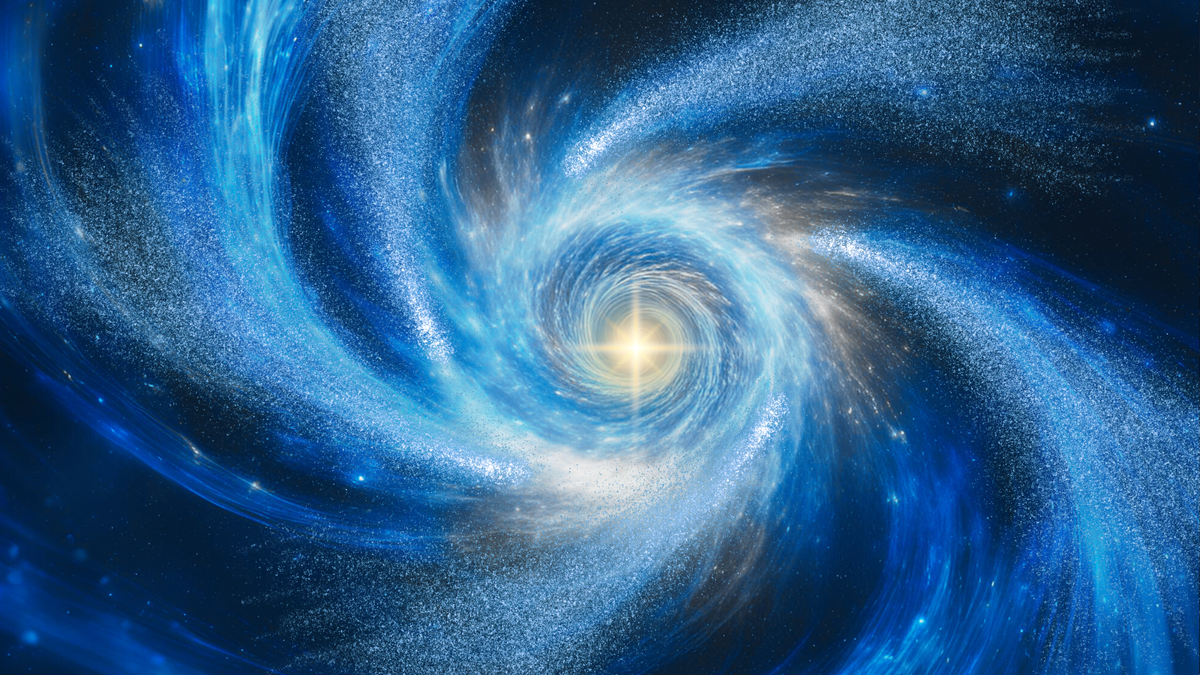
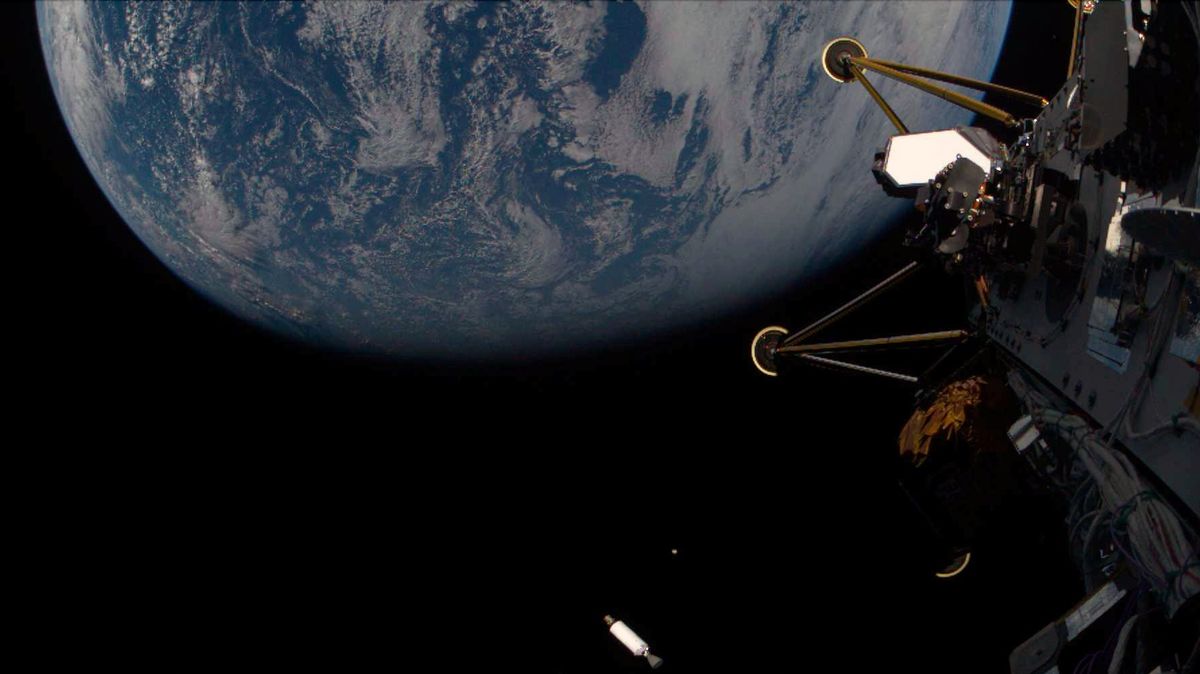

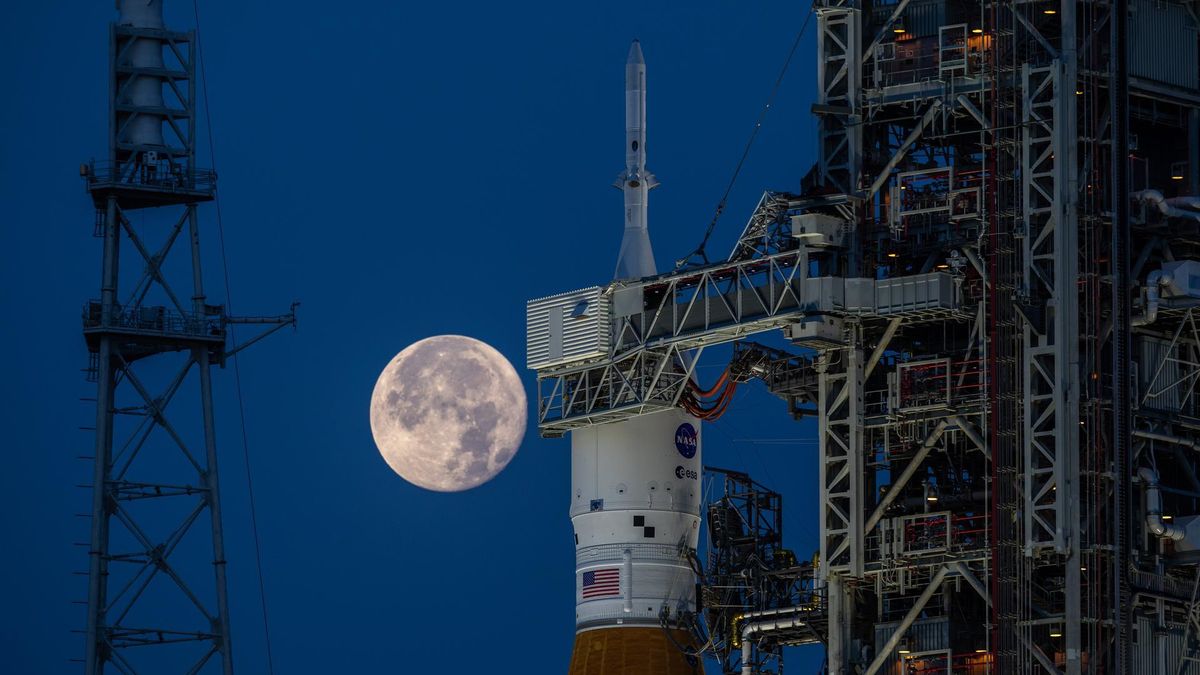
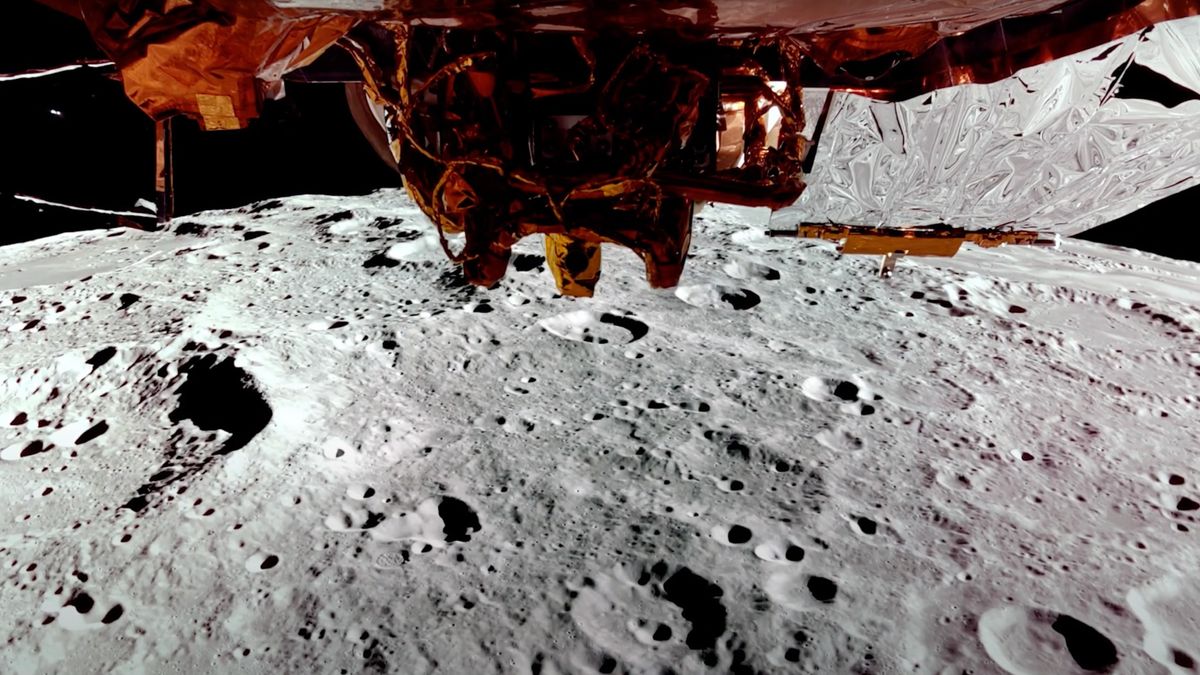




Comments